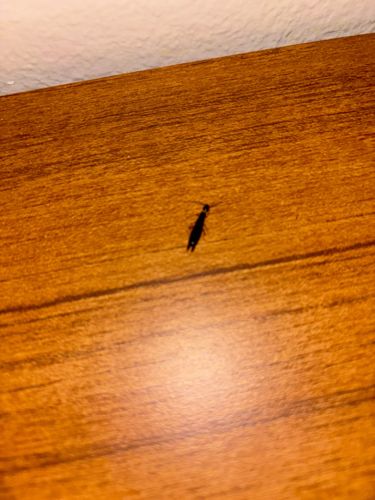Earwig
Scientific Name: Order Dermaptera
Order & Family: Order: Dermaptera, Family: Forficulidae (common earwigs)
Size: Typically 5mm to 25mm (0.2 to 1 inch), though some species can be larger.

Natural Habitat
Damp, dark, and cool places, often found under rocks, logs, leaf litter, mulch, or in cracks and crevices. They can also be found indoors, especially in bathrooms, kitchens, and basements.
Diet & Feeding
Opportunistic omnivores, feeding on a wide variety of materials including decaying organic matter, fungi, plants (leaves, flowers, fruits), soft-bodied insects (aphids, maggots), and sometimes other small invertebrates.
Behavior Patterns
Mostly nocturnal, hiding during the day and becoming active at night to forage. They are known for their distinctive cerci (pincers) at the end of their abdomen, which are used for defense, hunting, and folding their wings (though many species are wingless or rarely fly). Females are known for maternal care, guarding their eggs and young nymphs.
Risks & Benefits
Generally harmless to humans; the pincers can give a slight pinch but rarely break the skin. They are considered minor pests in gardens, feeding on ornamental plants and fruits, but can also be beneficial by preying on other garden pests like aphids. Indoors, they are mostly a nuisance pest but do not cause structural damage or spread disease.
Identified on: 10/11/2025